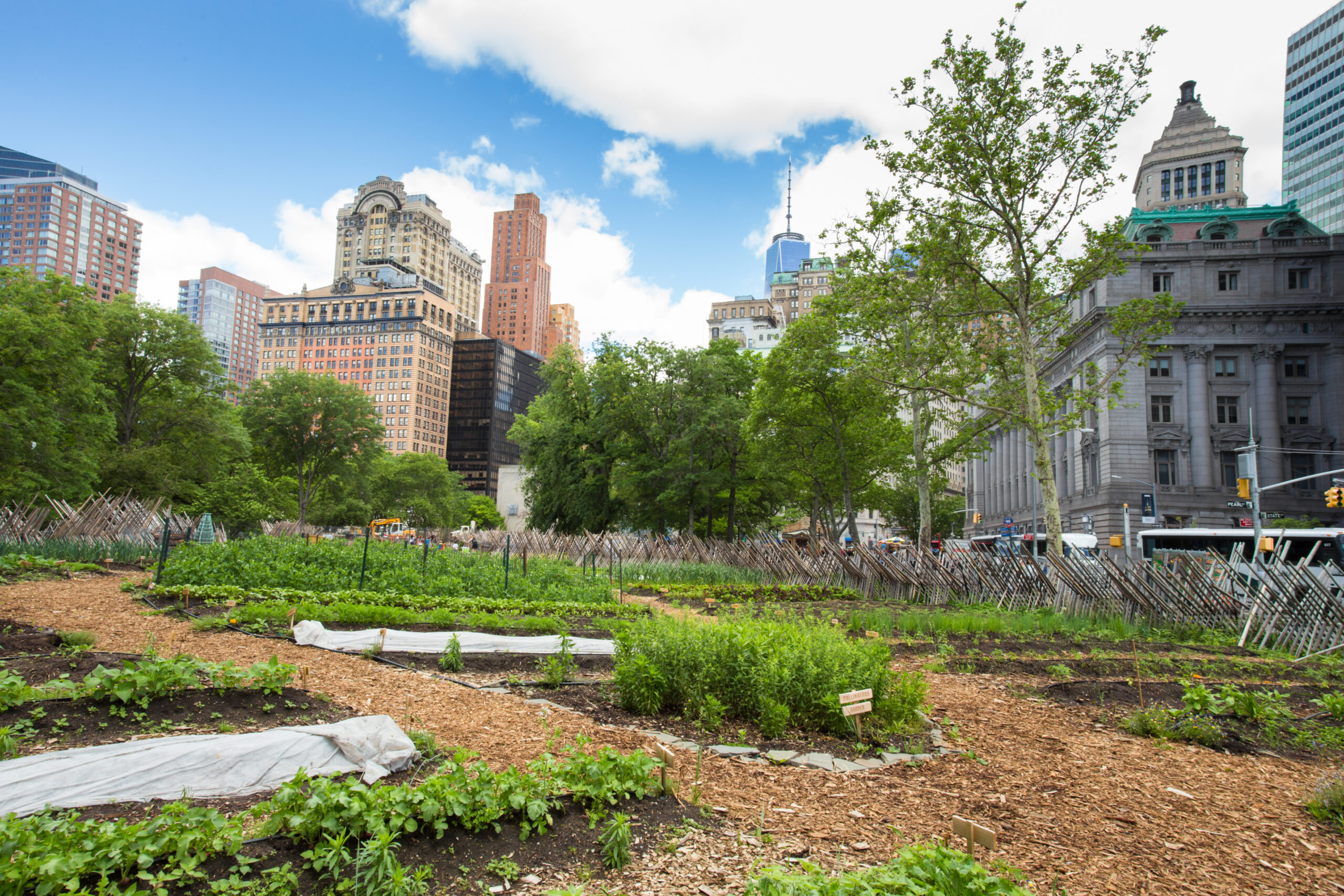All About City Blooming
All About City Blooming
Blog Article
Some Known Incorrect Statements About City Blooming
Table of ContentsThe Buzz on City BloomingExcitement About City BloomingThe 10-Second Trick For City BloomingThe Basic Principles Of City Blooming What Does City Blooming Mean?
Intrigued in expanding food up for sale in the City of Chicago? Considering beginning a neighborhood garden? Modifications to the Chicago Zoning Statute permit agricultural usages like area gardens and urban ranches in lots of components of the city. Below is a listing of regularly asked questions relating to the guidelines and policies that cultivators need to consider when planning an urban agriculture task.
The zoning change does not customize any type of other codes handling composting, building authorizations, acquiring or renting City possessed residential or commercial property, business licenses or environmental contamination. There are existing codes that manage these problems and they stay completely effect and might apply to your job. Community yards are commonly possessed or handled by public entities, public organizations or community-based companies and preserved by volunteers.
Urban farms expand food that is meant to be marketed, either on a nonprofit or for-profit basis. Because of their industrial function, metropolitan ranches require a service license. Yes. An area garden is allowed to market excess generate that was expanded on site if the sales are accessory or subservient to the yard's key objective described over.
The Single Strategy To Use For City Blooming
The quantity of garden compost product can not surpass 25 cubic backyards at any provided time according to the criteria in 7-28-715 of the City's Municipal Code. Since the dirt at the majority of new garden sites requires modifying, garden compost, soil, timber chips, or other products can be obtained to construct or improve the growing room.

If a building license is called for after that the hoophouse will be considered an accessory building. You can discover even more regarding the structure permit needs by speaking to the Department of Buildings. The 25,000-square-foot dimension limitation is meant to stop a single neighborhood yard from dominating an offered block or detracting from the block's existing domestic or business character.
The limitation does not apply to yards situated in Public Open Area (POS) areas. Can there be more than one neighborhood yard that is 25,000 square feet on a solitary block? Secure fencing is not needed, however, yards that have big auto parking locations may site here be called for to set up fence or other landscaping features.
7 Easy Facts About City Blooming Shown
B1 & B2 areas need that all business use activities be performed inside your home. R districts limit industrial activity. The regulations reflect the objective and intent of the Zoning Code. Is fence required for city ranches? Yes. Fencings may be needed, in addition to landscape design and testing, for particular car park areas and outdoor work or storage space locations relying on place and the certain activity happening.
Yes. Urban ranches require building licenses and zoning authorizations before construction. Various other forms of city review may be needed depending upon details structures, activities, dimension, landscape design, licensing, public health and stormwater monitoring problems. A lot of these needs are determined in the job layout or allowing procedure, nonetheless, the applicant may be liable to separately recognize particular licenses or allows that may be required.
Yes. The kind of certificate is figured out by what is occurring at the website. The Department of Organization Matters and Consumer Protection can assist determine the certain kind of business certificate that's needed. Yes. Off street parking is needed for a lot of business tasks in Chicago. The needed number of vehicle parking spaces is based on the number of staff members servicing site and not the square video of the expanding area.
City Blooming - An Overview

A city ranch can market garden compost product created on website, nonetheless, the operation should abide with the regulations in 7-28-715 of the Chicago Municipal Code. Aquaponic systems are allowed indoors on urban farms in numerous zoning districts.
Up to five hives or colonies of honey may be kept as an accessory use. Beekeepers have to sign up with the Illinois Division of Farming. For more details concerning the suggested zoning amendment you may contact the Department of Real Estate and Economic Advancement, Bureau of Preparation and Zoning at 312.744.8563.
Farming in cities and urban areas A city farm in Chicago. Urban agriculture describes numerous methods of cultivating. https://moz.com/community/q/user/cityblooming, processing, and distributing food in city locations. The term additionally puts on the area activities of animal husbandry, aquaculture, beekeeping, and gardening in a city context. Urban farming is differentiated from peri-urban agriculture, which occurs in backwoods beside residential areas.
7 Simple Techniques For City Blooming
It can entail a motion of natural cultivators, "foodies" and "locavores", who look for to develop social networks based on a common ethos of nature and area holism. These networks can create by means of official institutional assistance, coming to be integrated into regional town planning as a "transition community" motion for lasting city advancement.
In either situation, the much more direct accessibility to fresh veggie, fruit, and meat products that might be become aware with metropolitan farming can boost food safety and security and food safety and security while decreasing food miles, bring about reduced greenhouse gas exhausts, consequently adding to climate change reduction. Several of the first evidence of city agriculture originates from Mesopotamia.
Report this page